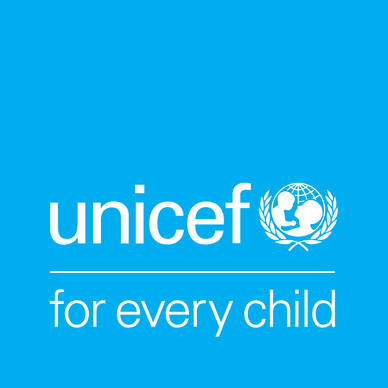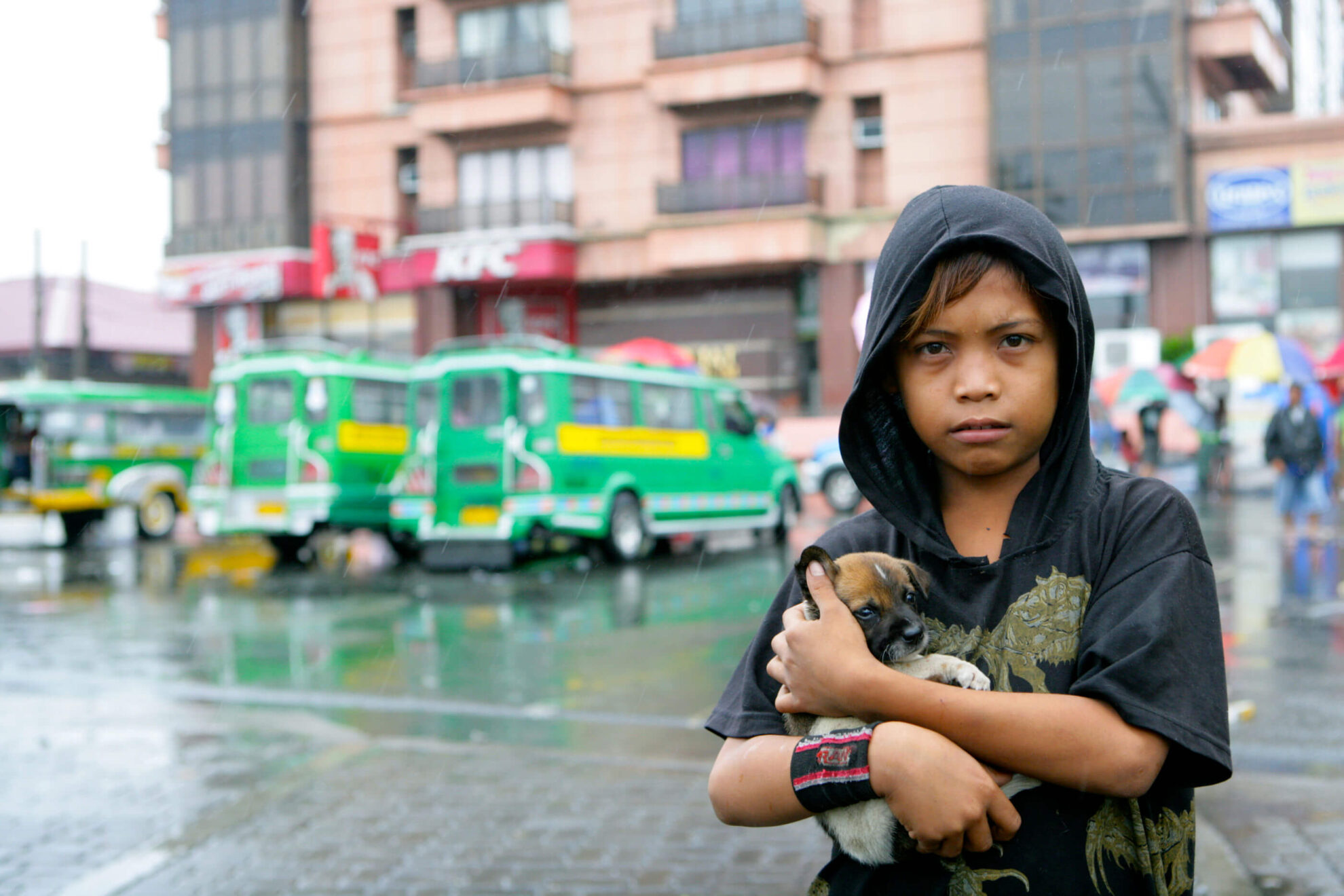Almost 50 million boys and girls are on the move around the world. There are many different reasons for children being uprooted from their homes. Many are fleeing violence, conflict or persecution. Others have been displaced by climate change or natural disasters. Some are moving to escape extreme poverty, in search of work opportunities and a better life. Yet in their efforts to reach safety, there is a major gap in protection of children on the move that increases the risks of child trafficking and exploitation.
This Unicef UK briefing, Identify. Protect. Repeat. How to lead the world in supporting child victims of trafficking, considers what more the UK Government can do to protect children from trafficking and exploitation and to support child victims of trafficking.
No prospect of home
For many children, protracted conflicts and humanitarian crises mean that they have no immediate prospect of returning home. Health, education and social protection services are poorly equipped to deal with the specific needs of children on the move. Furthermore, mechanisms to identify children at risk of trafficking and exploitation and refer them to appropriate services (where these exist) are limited in their effectiveness, especially where children cross national borders.
Identify and protect children from trafficking
In September 2016, Prime Minister Theresa May announced an ambitious agenda for the UK to lead efforts to eradicate forced labour, modern slavery and human trafficking, including by “reducing vulnerability and supporting victims.”
In light of the UK’s efforts to tackle modern slavery, Identify. Protect. Repeat. outlines what more the UK Government can do through its development programmes and through global leadership to prioritise interventions to protect child victims of trafficking and exploitation in countries of origin and transit, and to identify children at risk in the context of the refugee and migration crisis.
Unicef UK urges the UK Government to:
- Prioritise financial support for innovative, context-specific interventions to enable the early identification of child victims of trafficking and exploitation and to assist their journey to recovery, driven by considerations of child protection and the best interests of the child. This should include consideration of support for both national systems and transnational mechanisms.
- Use the forthcoming negotiations on the development of the Global Compact for Safe, Orderly and Regular Migration to further the Prime Minister’s goal of leading the fight against modern slavery and prioritise efforts to create cross-border referral and protection systems that can help to prevent the exploitation and facilitate the protection of millions of children on the move.
- The FCO and the Home Office should consider their own practice and find innovative ways of using all strands of the UK Government’s strategy to end modern slavery to protect children in countries and regions of origin and destination.
- The UK Government should align its work and country-specific knowledge of trafficking to asylum decision-making by ensuring that specific information about trafficking is included in its country notes for asylum case owners.


